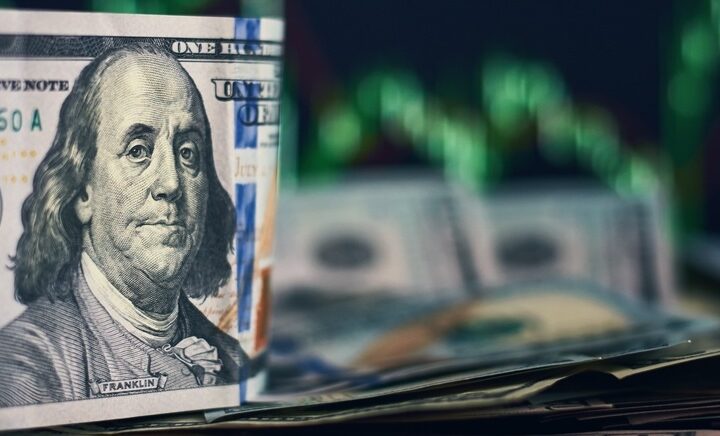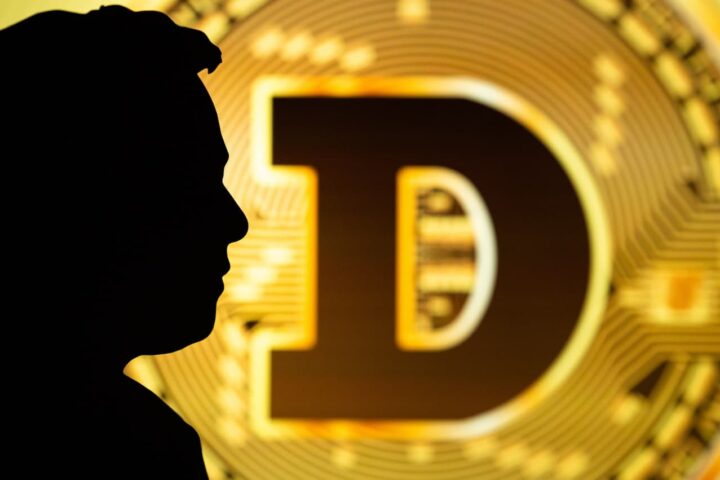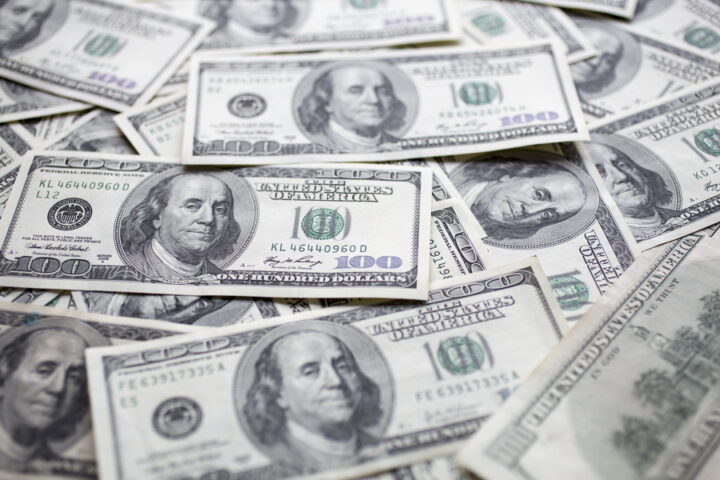Sterling rallied on Monday to its highest level since September 1992 after above-forecast UK producer price data reinforced the view that the Bank of England will raise rates next month to cool inflationary pressures.
Sterling’s rise above $1.9917 brings it to its highest level since the UK was ejected from Europe’s Exchange Rate Mechanism, the precursor to the euro, and closer to the psychological $2 barrier.
Inflation expectations, according to inflation indexed bonds, have risen to a 10-year high leaving the MPC little choice than to hike rates in May. The RICS house price index surprisingly rose in March, to 26 from a revised 25 in February (24 previously) exceeding the median forecast of 21.
Furthermore, Rightmove reported that April house prices rose 3.6% m/m, pushing the y/y rate of growth to 15% from 12.2%. This now brings house price growth to its highest pace since September 2004.
The EUR meanwhile has had an exceptionally good winning streak over the last two months as the USD weakens across the board but also on the back of generally positive EUR sentiment. In fact, as Japanese FinMin Omi pointed out over the weekend, the level of EUR/JPY compared to the fact that the JPY has strengthened against the USD signals that it is an issue of EUR strength rather than JPY weakness.
The yen fell to a record low against the euro after Group of Seven finance ministers meeting in Washington failed to single out the currency’s weakness. At the last G7 meeting, officials had been concerned how the yen’s value had been pushed down by carry trades. Carry trades are transactions in which investors borrow money from countries with low interest rates, such as Japan, to invest in higher-rate economies. The yen fell to 162.43 to the euro, but recovered slightly in later trading.
There is concern that rising Japanese interest rates could cause problems in world markets because so much money is invested in carry trades.
The main reference to currencies in the G7 communique was to repeat February’s call for exchange rates to reflect economic fundamentals, referring specifically to the Chinese currency.
Ministers reiterated calls for China to allow the yuan to appreciate more rapidly.
At present China only allows the yuan to trade in a very narrow field against the dollar, but it has long pledged to allow the yuan to trade more freely as and when this is possible.
China’s exchange rate policy has been a source of contention in the US, with some politicians and businessmen arguing that the country is gaining an unfair advantage by holding back the rate at which it can appreciate.
Â







